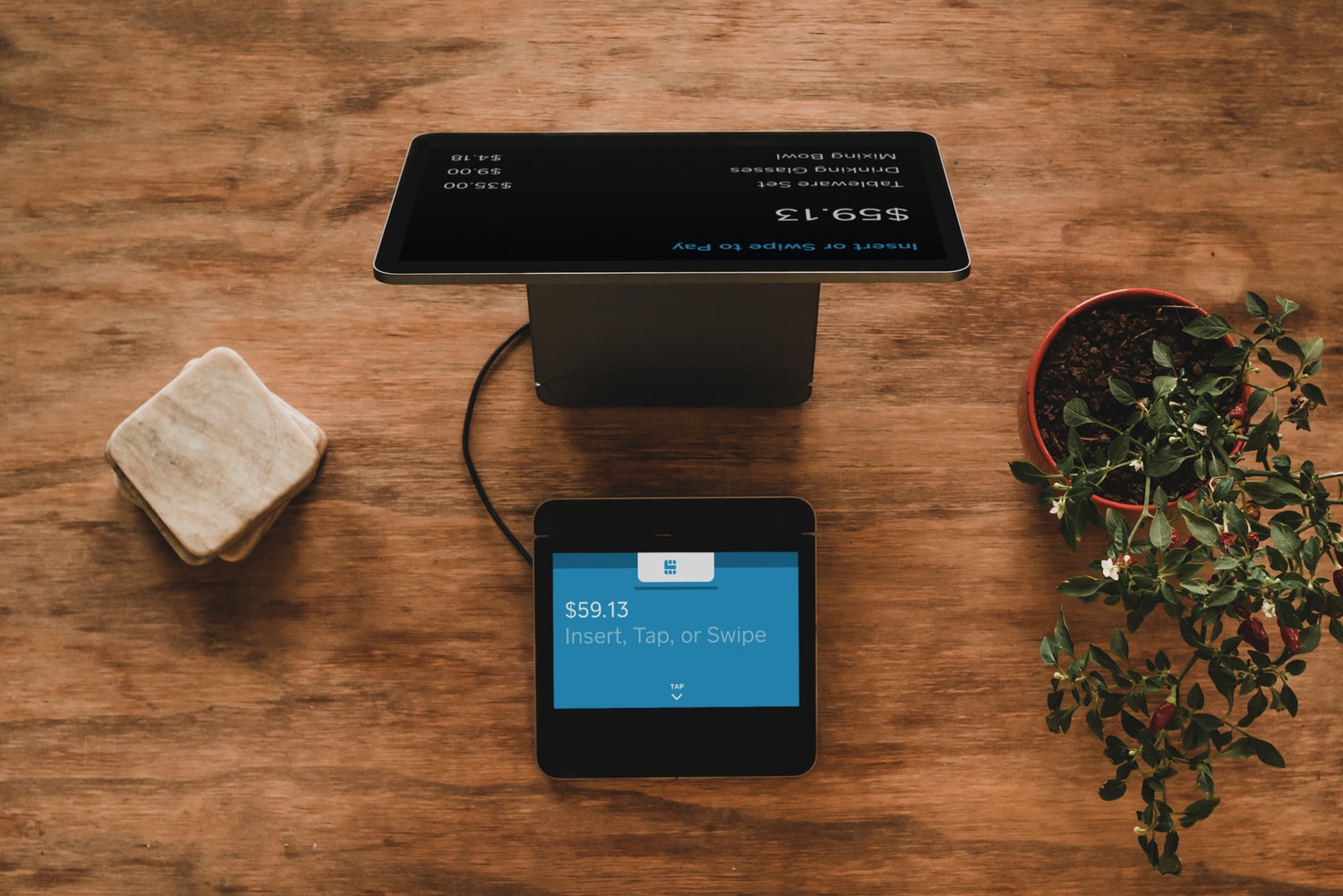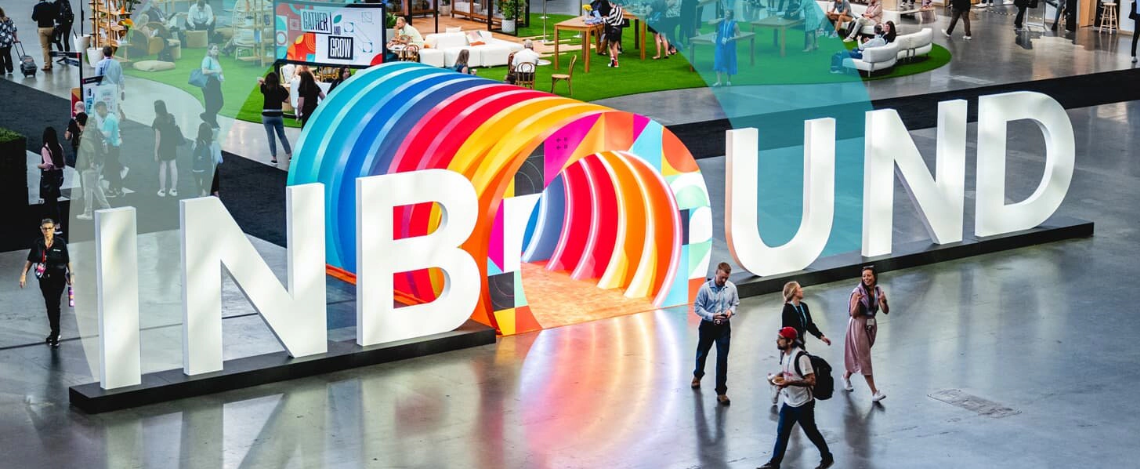
B2B buying behaviour has changed dramatically during the pandemic. Unsurprisingly, the end-to-end buying process is now being conducted almost entirely online. 88% of companies believe this new, digital sales model will remain in place post COVID, according to McKinsey.
The McKinsey survey goes on to suggest that the tide has well and truly turned, with many buyers now actually preferring to buy this way. A staggering 3 out of 4 buyers even stated they would rather not have to deal with a salesperson at any point in the buying process, if they didn't have to.
For complex B2B sales involving a significant financial commitment, it's hard to imagine a salesperson not being involved whatsoever, purely out of necessity. And we suspect the McKinsey study includes renewals of existing contracts and procurement marketplaces, which could easily skew these figures.
However, it does highlight how buyer behaviour and preferences are shifting so dramatically. The truth is nobody really enjoys being sold to, so if there is a viable option to avoid such an interaction, most of us would take it.
Like many things, the pandemic has put us on fast-forward to a place that many thought we would end up eventually. While it's almost impossible to envisage a fully end-to-end, digital self-service model for considered purchases above £50k, it is inevitable that more of the process will become more digital.
In this post, we look at five key ways that B2B sales and marketing teams can adapt - ensuring their pipelines continue to flow in what is an incredibly challenging time.
#1 Improve your website experience
For some years now buyers have leveraged the internet to find solutions and evaluate vendors and service providers. However, much of the early buying process still revolved around face-to-face interaction. From networking at events, to conferences and exhibitions, hospitality, dinners and sales meetings - such activities were standard for buyers to engage with the market.
This is all now off the table for the foreseeable. It means that the digital interactions, which we formerly regarded as secondary, have now come to the fore in terms of their importance.
The visit to the seller's website now plays an absolutely critical role in enabling buyers to evaluate a brand and its products and/or services. A survey from the Hinge Research Institute found that 82% of B2B technology and professional services buyers rely on a service provider's website when evaluating them.
But the problem is that B2B websites are not generally hailed as a paragon of great digital experience. The website is still regarded by many B2B business leaders as merely an online brochure, to be updated every couple of years.
High growth companies look at their websites differently - continually investing to ensure it demonstrates their expertise, articulates the problems the company solves, as well as providing all the information a buyer needs. Today, the goals of B2B website must focus on providing the right information to the right people, converting visitors into prospects and supporting the sales process.
Whether you see it that way or not, the point is, where else can your buyers go today? They can't really visit your plush London offices or impressive 50ft stand at a conference.
It's also important to provide a consistent experience with other aspects of your digital presence. So you must ensure you are telling the same story across your website and other platforms, such as LinkedIn. Any gaps or weaknesses could reduce confidence in your credibility and mean you aren't seriously considered.
#2 Enable buyers to self-serve
Conversion is the number one problem for B2B sales and marketing teams right now. In all honesty, that was very much the case prior to the pandemic. By the 'conversion process', we're talking about turning engagement and interest into a qualified sales opportunity.
Traditionally, this has been done through more interruptive analogue tactics, such as calling people by phone or cornering them at a face-to-face event. Today, such approaches just don't work as effectively. The power is now completely with the buyer to avoid any scenario in which they might find themselves being sold to. Should such a situation arise, it's a simple click and they're gone. It's why virtual booths at online conferences are such a complete waste of time.
So if there are no events at which to meet prospects and the phone has become less effective than ever, how can you convert prospects into qualified buyers?
If buyers are looking to self-serve, then make it easy for them. Remove all the barriers by giving them the information they want without them having to work hard to get it. For example, rather than a standard 'Get in touch' call to action, which serves up an email or phone number to contact, offer a Live Chat facility.
Many software companies already do this by guiding buyers to a demo or trial, and by making their pricing clear. For service companies, it means productising certain offerings with a clear pricing model. If you don't advertise your pricing, buyers may be put off, as they know they will have to interact with a salesperson to get it.
#3 Create buyer enablement content
Building on the last point, the concept of 'buyer enablement' - a phrase coined by Gartner - is all about creating content that makes the purchase process easier for buyers.
The idea centres on the buyers' need to complete a number of specific jobs in order to complete a successful procurement process. These jobs are summarised as:
- Problem identification
- Solution exploration
- Requirements building
- Supplier selection
- Validation
- Consensus creation
It's a difficult journey for buyers to navigate, and it is never a straight, linear path. Instead, it typically moves back and forth, with projects often going on the back-burner for periods. So, if you can create content that makes each of these jobs easier, not only will it help accelerate the buying process, it's going to ensure you are a key part of it.
Such tools should be designed to change how a prospect thinks about their current approach and open their eyes to a better one. Typically, improvements fall into three camps, according to Gartner's Challenger Sale, as follows:
- Mitigating risk
- Reducing cost
- Making money
An example could be a slider on a website providing a price comparison, or a short online maturity survey with a benchmark rating. A great example is Hubspot's Website Grader which, in just a few seconds, audits your website and provides a score for key areas such as performance, security, mobile responsiveness and SEO.
Buyer enablement content can take many other forms such as ROI calculators, TOC assessments, business case creators, operating model diagnostics, benchmarking tools, end-user surveys and use case simulators.
These tools can require a lot of effort (and expense) to create, so we'd recommend starting simple, testing what works for your buyers and then investing in tools that have proven to add the most value and generate the most engagement.
.jpeg?width=2000&name=Working%20on%20laptop%20(1).jpeg)
#4 Productise your services
In the same study referenced earlier, Gartner found that sales representatives who instilled confidence in B2B buyers by helping them make sense of the solution on offer, closed deals 80% of the time.
The learning point is that buyers want to know the value of a solution, i.e. exactly what they’re going to get and how it will solve their problems. The easier it is to understand, the easier it is to get through the many hoops they have to jump through. This is exactly what they get from a productised service, buying experience.
Productisation means focusing on services that can be standardised, require lower levels of sign-off, are underpinned by a process that can be clearly explained, offers clear, tangible outcomes and backed-up with evidence e.g. client references.
Not only are productised services more attractive to buyers in the current climate (and the digital world in general), they provide a number of other advantages, as outlined below:
- They can work as 'tin-openers' or 'Trojan horses': Services to help break into a new prospect, which serves as a vehicle to cross or up-sell.
- They are more profitable: Repeatable, standardised solutions will, over-time, become more profitable as the cost of sale decreases and efficiency gains can be realised in delivery.
- They are more scalable: If you productise services, you can standardise your underlying processes, which means you can rely less on key specialists to deliver them. It means you can get more leverage from a greater pool of people, enabling you to scale.
Service productisation, when developed in conjunction with buyer enablement content and self-service, can be a very powerful way to generate new opportunities. Start by taking a look at your current deals to identify trends in the types of services your prospects are buying - then ask, how can these services be 'shrink-wrapped' and standardised?
The hardest part of B2B solutions isn't selling them, but buying them.
Gartner
#5 - Invest in buying intent data
We’ve been hearing about B2B buyer intent data for several years. But 2020 has seen a lot of progress in this area - moving it from a nice idea to a viable capability.
Data is based on ‘surges’ of content consumption by individual organisations collected from millions of digital sources. These include globally renowned business media organisations, niche special interest industry and domain publications, analyst firms, B2B event organisations, lead generation businesses and individual brand (your competitors') websites. Buyer activity includes:
- Downloads of white papers, case studies, tech publications
- Website visits
- Product reviews
- Time on website pages related to industry topics
- Online subscriptions to newsletters and updates
- Views of infographics
- Attendance of webinars
- Spikes in content consumption on a given topic
With the pandemic driving more digital content consumption, along with the increased sophistication of the way intent data is captured, these insights can be game-changing for lead generation.
Armed with company surge data, you are able to identify and target accounts who are showing an above average interest in the services that you provide. It helps sales and marketing teams segment their addressable market and build content and campaigns to engage with organisations who are more likely to convert.
The three main use cases for buying intent data are as follows:
- Prioritise potential new prospects: Purchase intent signals help identify which new logos are actively researching for your solutions or services.
- Retain & up-sell existing clients: Buying intent data can give you actionable sales intelligence to proactively up-sell existing clients, and avoid being blindsided by customers who failed to renew or bought an offering from a competitor.
- Identify buying trends: By capturing which services or solutions are seeing the biggest surges in interest, you can focus on these areas with your wider market and prioritise your value proposition and content development.
A final word...
In many walks of life, the pandemic has forced rapid progress toward long-predicted futures. Changes in buyer behaviour are really an acceleration of digital trends that were in motion well before the pandemic hit. The big question is how much will return to pre-pandemic norms, once we come out of limbo?
Returning to McKinsey's research, the majority of companies surveyed have already shifted their go-to-market models to go all out digital - with few expecting things to revert back post-pandemic. It all points to a certain inevitability.
But irrespective of the current climate, if you're still unsure how to move forwards, it's helpful to remember the truth about B2B business development today - so aptly summarised by Gartner - 'The hardest part of B2B solutions isn't selling them, but buying them.'
We’re here to help you do marketing that actually works.
Related insights


.jpg)
